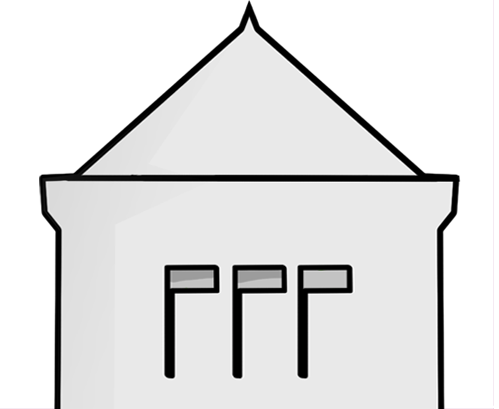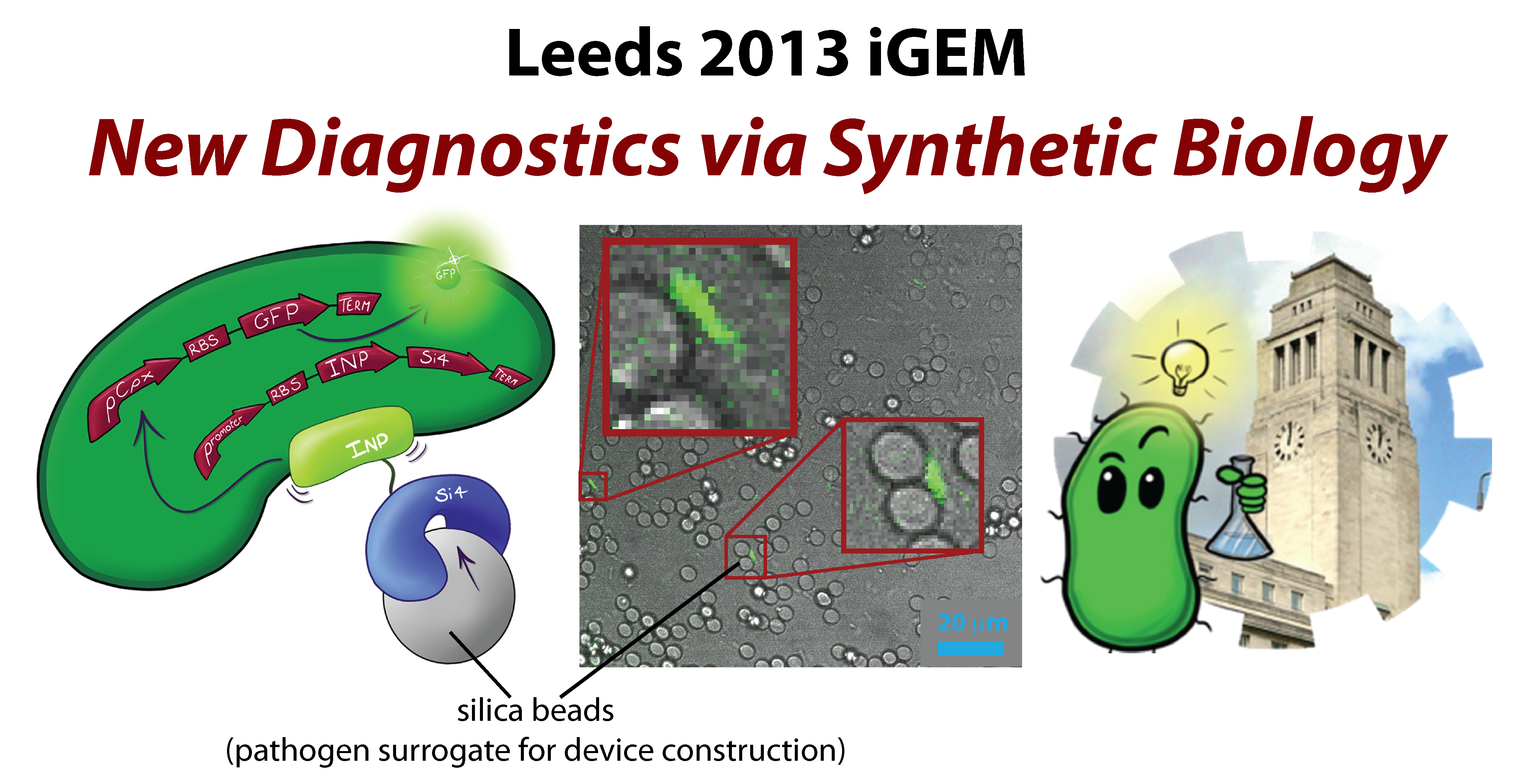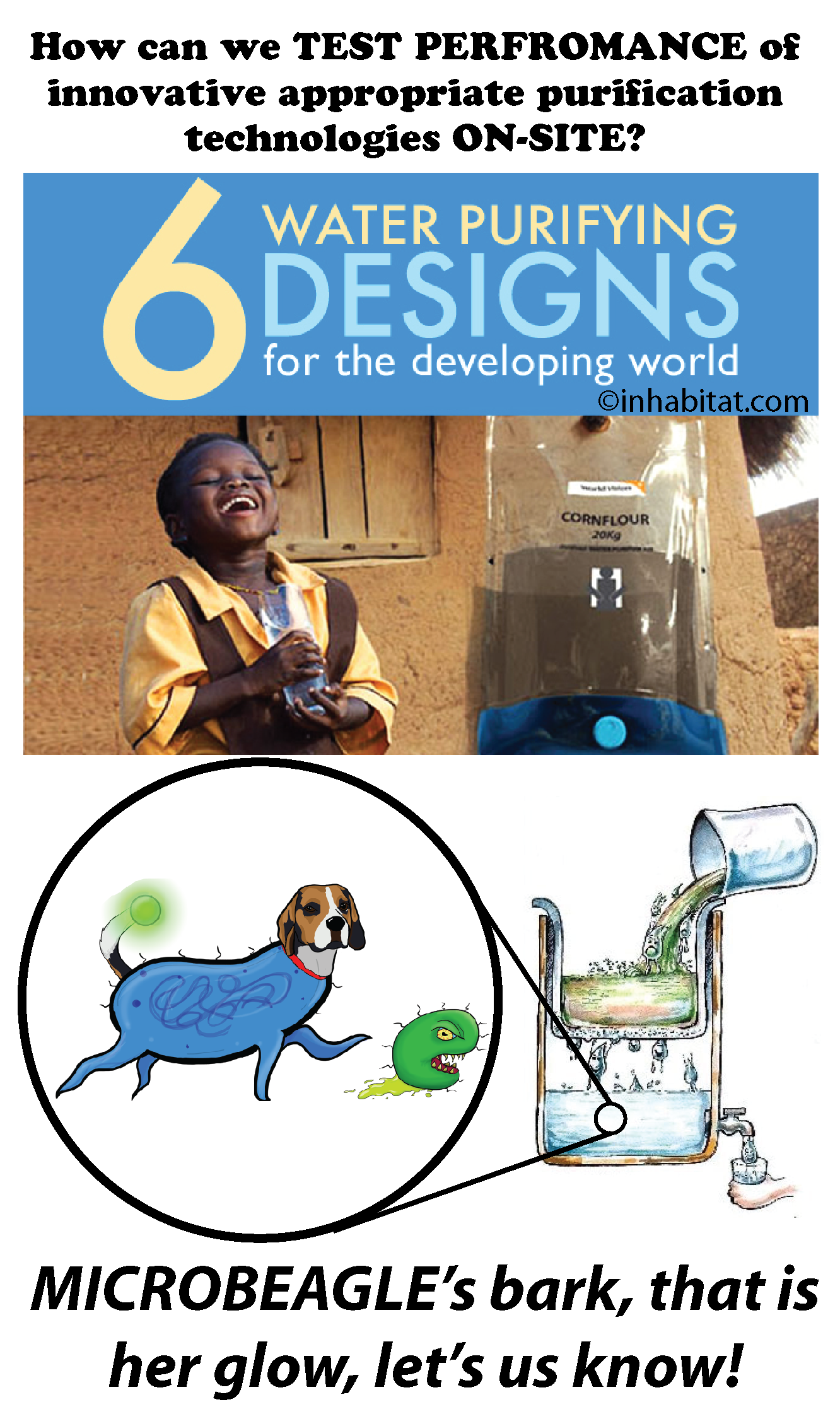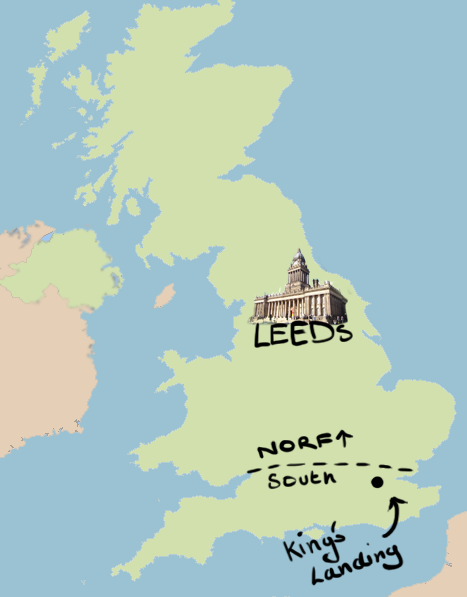Team:Leeds
From 2013.igem.org
(Difference between revisions)
m |
|||
| Line 17: | Line 17: | ||
[[File:Leeds_NEWBS3image.png|400px|right|An example of a low scale water purification system|link=http://www.purefilteredwater.com/bsf.htm|frameless]] | [[File:Leeds_NEWBS3image.png|400px|right|An example of a low scale water purification system|link=http://www.purefilteredwater.com/bsf.htm|frameless]] | ||
| - | Micro-Beagle was initially developed to address the need for a low cost, energy efficient and robust tool to be used to assess the effectiveness of current water purification systems. As the Micro-Beagle is intended to operate at a low cost it is ideal for use in low-income areas where | + | Micro-Beagle was initially developed to address the need for a low cost, energy efficient and robust tool to be used to assess the effectiveness of current water purification systems. As the Micro-Beagle is intended to operate at a low cost it is ideal for use in low-income areas where the testing of water purification techniques cannot be maintained at an acceptable frequency. |
Micro-Beagle is designed to also be a modular system, utilising Ice Nucleation Protein to express and position target-binding peptides on the cell surface. Target binding induces membrane stress that activates the Cpx signalling pathway, and Micro-Beagle thus utilises a promoter from this pathway (pCpxR) to initiate expression of a reporter protein, such as GFP. | Micro-Beagle is designed to also be a modular system, utilising Ice Nucleation Protein to express and position target-binding peptides on the cell surface. Target binding induces membrane stress that activates the Cpx signalling pathway, and Micro-Beagle thus utilises a promoter from this pathway (pCpxR) to initiate expression of a reporter protein, such as GFP. | ||
Revision as of 12:00, 4 October 2013
 "
"












